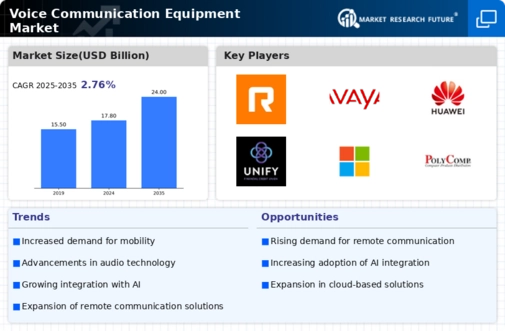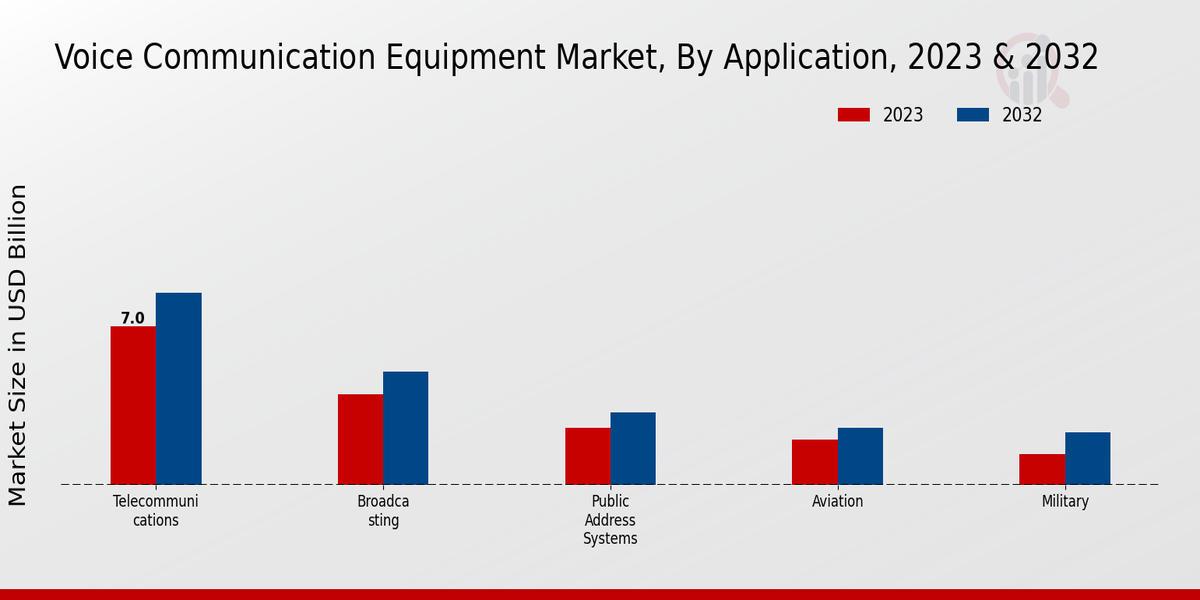The Voice Communication Equipment Market is a dynamic and rapidly evolving landscape characterized by a myriad of players leveraging advanced technologies to enhance communication means across various sectors. With the increasing adoption of remote working, businesses are seeking efficient and effective voice communication solutions to facilitate seamless collaboration.
Competitive dynamics in this market are driven by advancements in cloud technology, integration capabilities, and the demand for unified communication systems that encompass voice, video, and messaging functionalities.
Companies are continually innovating to differentiate their offerings, focusing on improving user experience, reliability, and security, leading to a vibrant, competitive environment that is consistently reshaping the market.
Fuze has established itself as a robust contender in the Voice Communication Equipment Market, recognized for its comprehensive suite of communications solutions.
The company's strengths lie in its ability to integrate voice communication within a wider unified platform that includes video conferencing and team messaging features, thereby attracting organizations seeking all-in-one solutions for their communication needs.
Fuze excels in delivering high-quality voice services, supported by a reliable infrastructure that enhances call clarity and reduces latency. Furthermore, the company prioritizes user experience, offering intuitive interfaces and seamless connectivity. Its focus on enterprise-grade security measures ensures that organizations can operate securely in compliance with industry regulations.
As remote work continues to be a significant part of organizational structures, Fuze's emphasis on scalability allows businesses of various sizes to adopt its solutions and benefit from improved collaboration.
RingCentral emerges as another key player in the Voice Communication Equipment Market, known for leveraging its cloud-based technology to provide versatile communication solutions. The company's strengths are predominantly found in its expansive feature set that includes voice, video, and team messaging, which cater to the needs of diverse communication styles in modern workplaces.
RingCentral's reputation for reliability and quality service has garnered it a strong customer base, while its robust integration capabilities with popular business applications enhance its value proposition for organizations looking to streamline their communication processes.
Additionally, RingCentral's emphasis on customer support and continuous innovation positions it favorably against competitors in the market. The company embraces scalability, enabling businesses to adapt its offerings as they grow or as their communication needs evolve, further solidifying its presence in the industry amidst the ever-changing dynamics of voice communication technology.


















